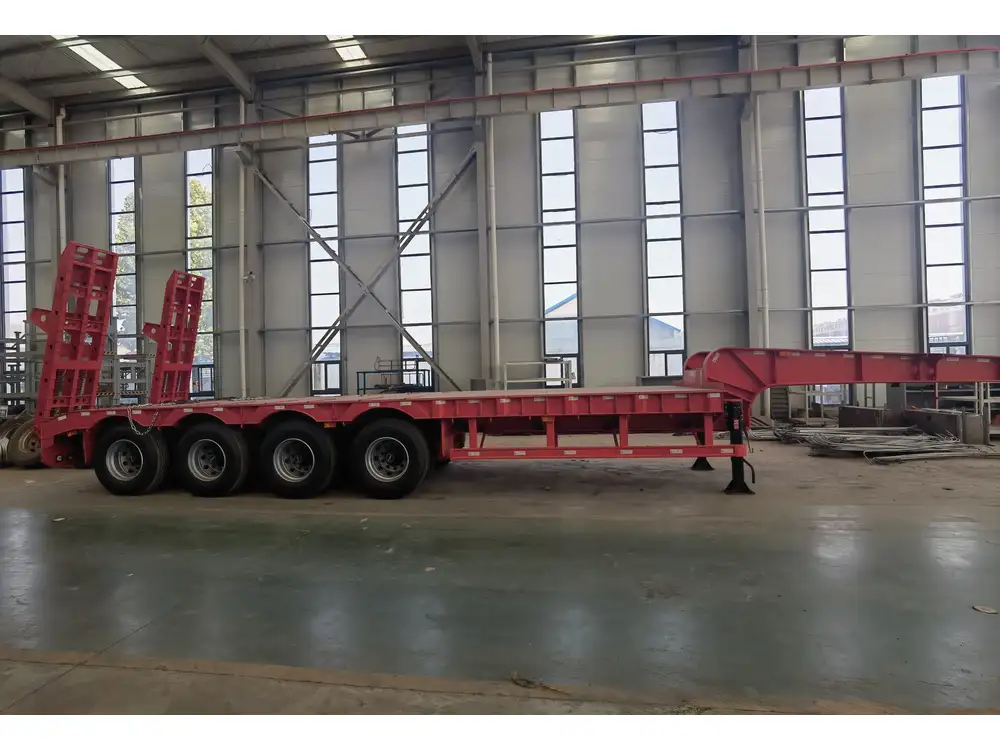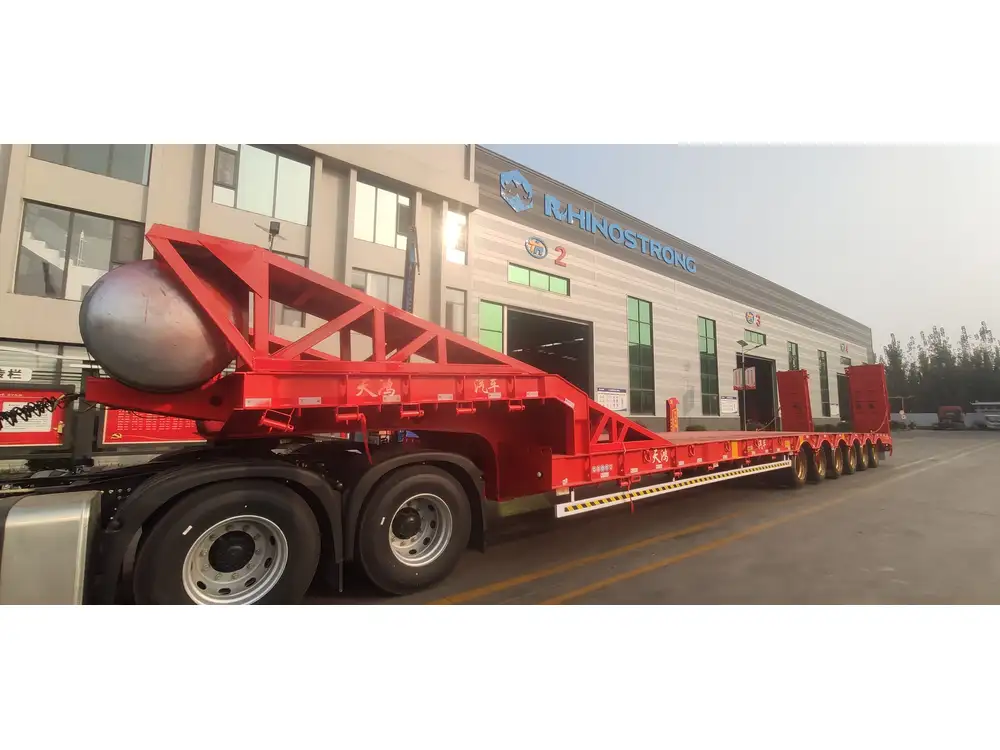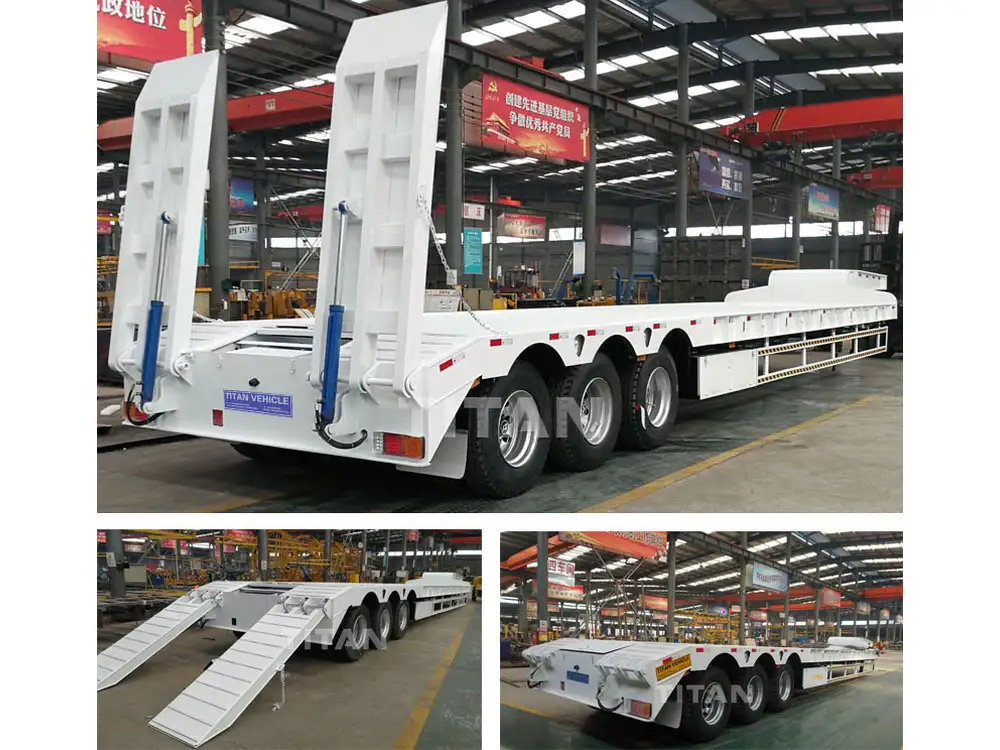Unloading a belly dump trailer requires specific techniques and adherence to safety protocols to ensure both efficiency and safety. Such trailers, often utilized in construction and aggregate hauling, call for a clear understanding of the unloading process. In this article, we delve into the intricate mechanisms of effectively unloading a belly dump trailer, coupled with tips, best practices, and potential pitfalls to avoid.
Understanding Belly Dump Trailers
What is a Belly Dump Trailer?
A belly dump trailer is designed with a uniquely shaped belly floor that allows for the unloading of materials, such as gravel, sand, and aggregate, directly onto the ground. The mechanism operates through hydraulic gates located on the trailer’s underside, easily controlled by the driver.

Components of a Belly Dump Trailer
- Hydraulic System: This system powers the gates and is essential for unloading.
- Gate Mechanisms: Gate types, including single or dual, dictate how material is discharged.
- Chassis: The backbone that supports the trailer, contributing to its load capacity.
- Axles: Ensure stability and manage load distribution.
Operating Principles
Understanding how these components work together enhances unloading efficiency. The unloading process must consider material flow dynamics to prevent jamming and ensure smooth operation.
Preparing for Unloading: Crucial Steps

Step 1: Pre-Unloading Checks
Before commencing the unloading process, certain pre-checks should be performed:
| Task | Purpose |
|---|---|
| Inspect Trailer Condition | Ensure there are no visible damages. |
| Check Hydraulic Fluid | Confirm proper fluid levels for operation. |
| Test Gate Operation | Verify that gates open and close smoothly. |
| Assess Ground Conditions | Ensure the ground can support the discharge material. |
Step 2: Selecting the Unloading Site
The unloading site must be suitable for the materials being discharged. It should be flat, stable, and void of obstacles.
Step 3: Positioning the Truck
Align the truck and trailer in such a way that the tailgate is positioned towards the unloading site. This angle is critical for allowing gravity to aid in the unloading process.

The Unloading Process: Step-by-Step
Step 1: Engage Safety Protocols
- Personnel Safety Gear: Ensure all personnel are wearing helmets, gloves, and reflective vests.
- Area Clearance: Secure the unloading area, ensuring that bystanders maintain a safe distance.
Step 2: Engage the Hydraulic System
- Start the Truck: Turn on the engine to activate the hydraulic system.
- Lower the Trailer: Depending on the model, adjust the trailer’s height for optimal unloading angle.

Step 3: Open the Gates
- Control the Gates: Using the truck’s hydraulic controls, open the gates to start the unloading process.
- Monitor Material Flow: Constantly observe the material discharging to avoid clogging or jamming.
Step 4: Control the Unloading Speed
- Gradual Release: Allow the material to unload gradually to control the flow and ensure an even distribution.
- Adjust Based on Material Type: Some materials flow faster than others; adjust accordingly to prevent spills or overflow.
Step 5: Completing the Unloading
- Close the Gates: Once the material is unloaded, carefully close the gates to avoid damage.
- Reverse Position: Shift the trailer to a position away from the unloading site, ensuring that the area remains clear.

Post-Unloading Protocol
Step 1: Inspection
- Check for Residual Material: Inspect the trailer for any leftover material that could impact future loads.
- Hydraulic System Check: Post-unloading, check the hydraulic system for leaks or issues.
Step 2: Documentation
Maintain logs of the materials unloaded, along with details such as the unloading location and quantity. This log is essential for tracking inventory and scheduling future hauls.

Best Practices for Efficient Unloading
Practice Safe Operations
- Regular Maintenance: Stay on top of trailer and hydraulic system maintenance.
- Training Personnel: Ensure all operators are trained in both operational techniques and safety precautions.
Optimize Time and Efficiency
- Plan Unloading Routes: Minimize travel time by knowing the best routes to your unloading site.
- Use Technology: Implement systems that forecast unloading times based on material type and site conditions.

Environmental Considerations
- Dust Suppression: Utilize water or dust suppressants during unloading to minimize airborne particles.
- Prevent Spillage: Design unloading processes to control and contain materials efficiently.
Troubleshooting Common Unloading Issues
Gate Malfunctions
When gates fail to open or close properly, the following steps can be taken:
- Inspect Hydraulic Lines: Look for signs of damage or leaks.
- Check Control Systems: Ensure that the control mechanism is functioning correctly.

Material Blockage
Should materials jam within the trailer:
- Adjust Trailer Position: Slight tilts can help dislodge packed materials.
- Use Dislodging Tools: Proper tools can assist without damaging the trailer.
Uneven Unloading
If materials aren’t unloading evenly:
- Check Gate Functionality: Ensure both gates operate in sync.
- Adjust Unloading Angle: A slight change in angle may improve flow.
Conclusion
Efficiently unloading a belly dump trailer is a crucial skill for operators in the construction and logistics industries. By following structured preparation, execution, and post-unloading protocols, organizations can enhance their operational efficiency, adhering to safety standards while minimizing risks. Understanding the components and mechanisms of belly dump trailers lays the groundwork for mastering unloading techniques, and through diligent practice of best practices, a safer and more efficient unloading process can be ensured. Keep this guide handy, and revisit it to cultivate your unloading strategies and practices continually.
By adopting the insights and expertise detailed in this article, operators can confidently approach the unloading process of belly dump trailers, ensuring both efficiency and safety in every operation.



